While different parts of the world have different standards for shoe sizes, it is possible to convert from one to another. Just as most countries measure small lengths in either inches or millimeters, most systems for shoe sizes are also either based on inches or millimeters (in Korea, shoe sizes are actually given in millimeters). Thus, just as it is possible to convert from units of inches to units of millimeters, it is also possible to convert from any shoe sizing system to any other shoe sizing system, or even actual inches or millimeters.
Find the shoe size in U.S. mens' size. For U.S. womens' sizes, this can be done by simply subtracting 1 1/2 from the womens' size. For U.K. mens' sizes, add 1/2, and for U.K. womens' sizes, add 1. For sizes from other countries, there are charts available to assist with the conversion.
Take the U.S. men's shoe size, multiply it by 1/4 and then add 8 1/8 to get the shoe size in inches. For example, if the U.S. men's shoe size is 1.5, the converted shoe size would be 8 1/2 inches.
Multiply the result from Step 2 by 25.4, which will convert the result from inches to millimeters. Continuing the example from Step 2, 8 1/2 inches x 25.4 = 215.9 millimeters.
Related Articles
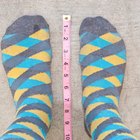
Inches to Shoe Size Conversion
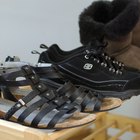
How to Measure Shoe Width Size

What Does Shoe Width E, EE, D, and DD ...
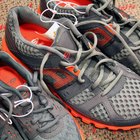
How to Compare Men's Shoe Size to Boys' ...
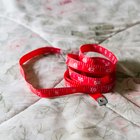
How to Convert Men's Clothing Sizes to ...
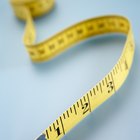
How to Figure Out the Size for a ...

Wide Width Vs. Double Wide Width Shoes
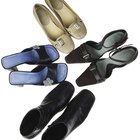
What Is the Difference Between a Narrow ...
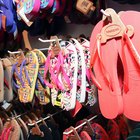
How to Tell the Size of Havaianas

Medium D Vs. Wide EE Shoe Size
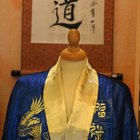
How to Convert American Clothing Size ...

Shoe Sizes Explained

Korean vs. American Clothing Sizes for ...

How Much Money Does a Refugee Get from ...

What Does Big Kids Mean in Shoe Sizing?

What Does E Mean in Boot Size?

Difference Between Women's Wide & EEE ...

Difference Between Metric & American ...
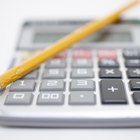
How to Convert Gsm to Ounces

How to Replace Flour With Oat Flour
References
Writer Bio
Phillip Chang is a graduate of the University of North Carolina at Chapel Hill and currently resides in Arlington, Virginia. He has been writing with Demand Studios since 2009. Phillip is also an avid practitioner, student and teacher of urban/hip hop dance styles.